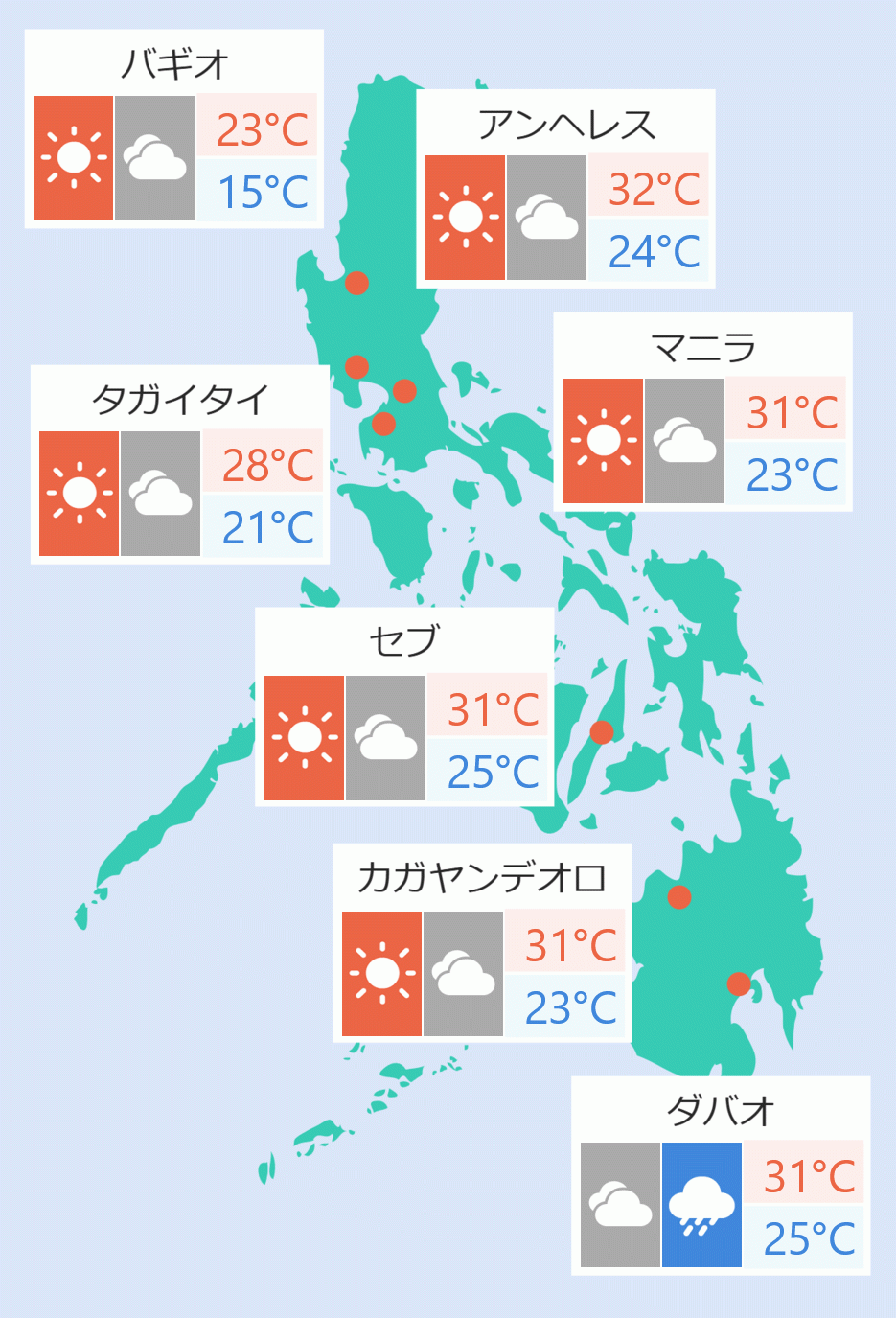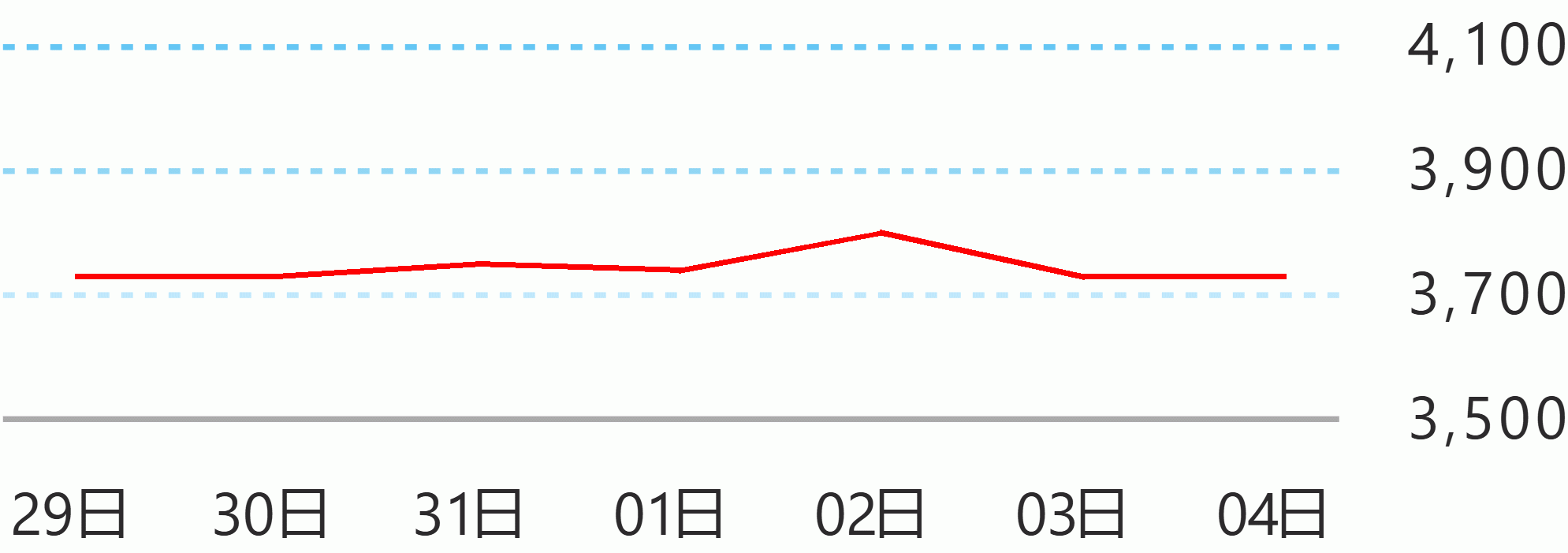Despite increasing rice prices, the inflation rate has slowed down to 3.9 percent in the last month of 2023, the Philippine Statistics Authority (PSA) said Friday.
In a press conference, the PSA reported that inflation for December 2023 further slowed down to 3.9 percent from 4.1 percent in November 2023, bringing the full-year average inflation rate to 6 percent.
According to the National Economic Development (NEDA) the inflation for most commodity groups during this month has either slowed down or retained their previous rates. "However, rice inflation rose to 19.6 percent (December 2023) from 15.8 percent in November 2023."
"It was also the most significant contributor to December 2023’s inflation with 1.7 percentage points (ppt), followed by food and beverages services and housing rentals with 0.5 ppt each," it stated.
In a press conference, PSA Undersecretary Dennis Mapa said the rice inflation "is the highest since March 2009."
"The rice inflation in Dec. 2023 nationwide was 19.6 percent, the inflation in areas outside NCR is much higher with an average of 20.4 percent, while in NCR it was 13.6 percent. The first spike happened in September with 17.9 percent then it went down in October to 13.2 percent and increased in November by 15.8 percent and now December it was 19.6 percent," he said.
"The last highest rice inflation was last March 2009 when it reached 22.9 percent, so this is the highest since March 2009," he added.
Mapa said based on their rice price monitoring the price of regular milled rice per kilo has increased to an average of 48.50 pesos in December 2023 from 46.73 pesos in November of the same year.
"This December 2023, the regular milled rice per kilo has an average of 48.50 pesos, in November 2023 it was 46.73 pesos and the month on month increase is 3.7 percent. In December 2022 it is at an average of 39.63 pesos so in terms of increase it reached around 9 pesos per kilo that is why the year on year growth rate was around 22.3 percent for regular milled," he said.
The price of the well milled rice also rose to 53.82 pesos per kilo in December from 51.99 or 52 pesos per kilo in November of the same year, while the special rice increased from an average of 61.47 percent in November to 63.08 percent in December 2023.
"For well milled our average price per kilo, nationally, reached 53.82 pesos for December 2023, in November 2023 it reached 51.99 pesos average, almost 52 pesos, that is why it has a month on month increase of 3.5 percent. In December 2022 it is at 43.98 pesos or around 44 pesos, an increase that is close to 10 pesos, that makes it year growth for the well milled rice reached 22.4 percent," said Mapa.
"For the special rice, the one kilo average in December 2023 reached 63.08 percent, in November 2023 it was 61.47 percent so it has a month to month growth of 2.6 percent. In December 2022, it was 53.83 pesos again. It has an average increase of nine pesos and the year on year growth for special rice is around 17.2 percent," he added.
To prevent spikes in prices of different commodities, NEDA Secretary Arsenio Balisacan emphasized the importance of Executive Order No. 50, which extended the Most Favored Nation (MFN) reduced tariff rates for key agricultural commodities like pork, corn, and rice to ensure sufficient food supply for Filipinos.
“Amid an uptrend in international rice prices and the expected negative impact of the El Nino phenomenon, the Interagency Committee on Inflation and Market Outlook will closely monitor the situation and propose further temporary tariff adjustments if necessary. We will also push for trade facilitation measures to reduce other non-tariff barriers. While our medium-term objective to boost agricultural productivity remains, it is important to augment domestic supply to ease inflationary pressures on consumers, particularly those in low-income households,” he said.
Balisacan said the El Nino phenomenon, which the Philippine Atmospheric, Geophysical and Astronomical Services Administration (Pagasa) expects to continue until May, has added to the threat of higher inflation.
He underscored the need to hasten the full implementation of the El Nino National Action Plan (NAP), which seeks to increase the resilience of communities against El Nino and guide government agencies in mitigating its immediate effects.
“We must remain vigilant in monitoring the prices of our commodities and continue to implement strategies to address short-term and long-term inflation-related challenges,” he said.
These strategies, he added, include implementing timely deployment of trade policy tools along with sustained investments in irrigation, flood control, supply chain logistics, and climate change adaptation. Robina Asido/DMS





 English
English







